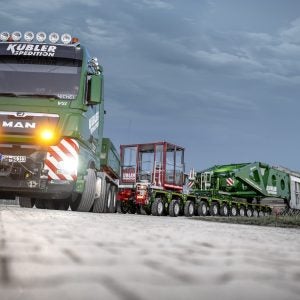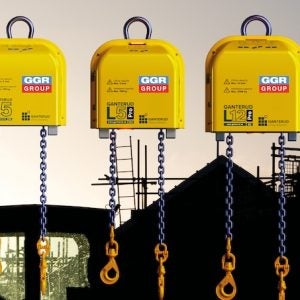The first parts of the new 6,000 tonne ring crane will soon be delivered to Mammoet’s engineering centre in The Netherlands. In the months ahead, fabrication and production will continue as it is being readied for its very first project, with delivery scheduled in 2024. Once running it will be the world’s highest capacity land-based crane, says Mammoet, and can be fully operated using electric power, allowing clients to execute projects in a sustainable way.
Mammoet claims the introduction of this 6,000t ring crane sets a new standard in worldwide heavy lifting capacity and allows customers to construct heavier and larger components than ever before.
The new ring crane, named SK6000, shares the same engineering DNA as its predecessor, the SK350. By employing similar design principles and lifting techniques Mammoet believes it will provide customers with continuity and peace of mind as much of the crane’s technology has been working successfully – and safely – on project sites around the globe for many years.
Like earlier models, the SK6000 is containerised, enabling swift mobilisation and on-site assembly, providing ultra-heavy lift capacity wherever it is needed. It has been designed with next generation offshore wind farms in mind and will serve all global energy markets where additional lifting capacity is needed – both onshore and at sea.
As offshore wind components grow in scale and in weight, more lift capacity is needed, says Mammoet. It believes its latest ring crane will enable customers to integrate higher and bigger turbines, and launch heavier foundations, be they fixed or floating.
The crane will also work in the conventional energy sector where Mammoet says it will reduce integration time by enabling even larger topside modules to be built or reduce refinery downtime by removing and installing larger components with minimum disruption.






